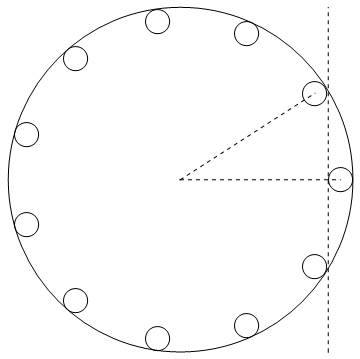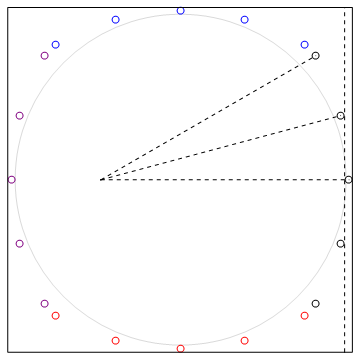When people draw dots on paper, they are actually not points, but small regions filled with ink. Suppose that each dot has disc-shape with fixed radius $r\ll 1$ and must be drawn inside (1) a square region with side length $1$; (2) a circle region with radius $1$. How many dots can be drawn such that no three are collinear? Three dots are collinear if one of them intersects with the strip determined by the other two at more than one point. (I think it is equivalent to: there exists a line that intersects all the dots at more than one point.)
Comment. I was working on an Olympic level problem that requires $100$ points in a circle without any three being collinear. It is a very difficult task with usual pen and paper. So I came up with this problem and hopefully someone has done similar problems before, or can give an algorithm to estimate the bound when $r$ is small.


